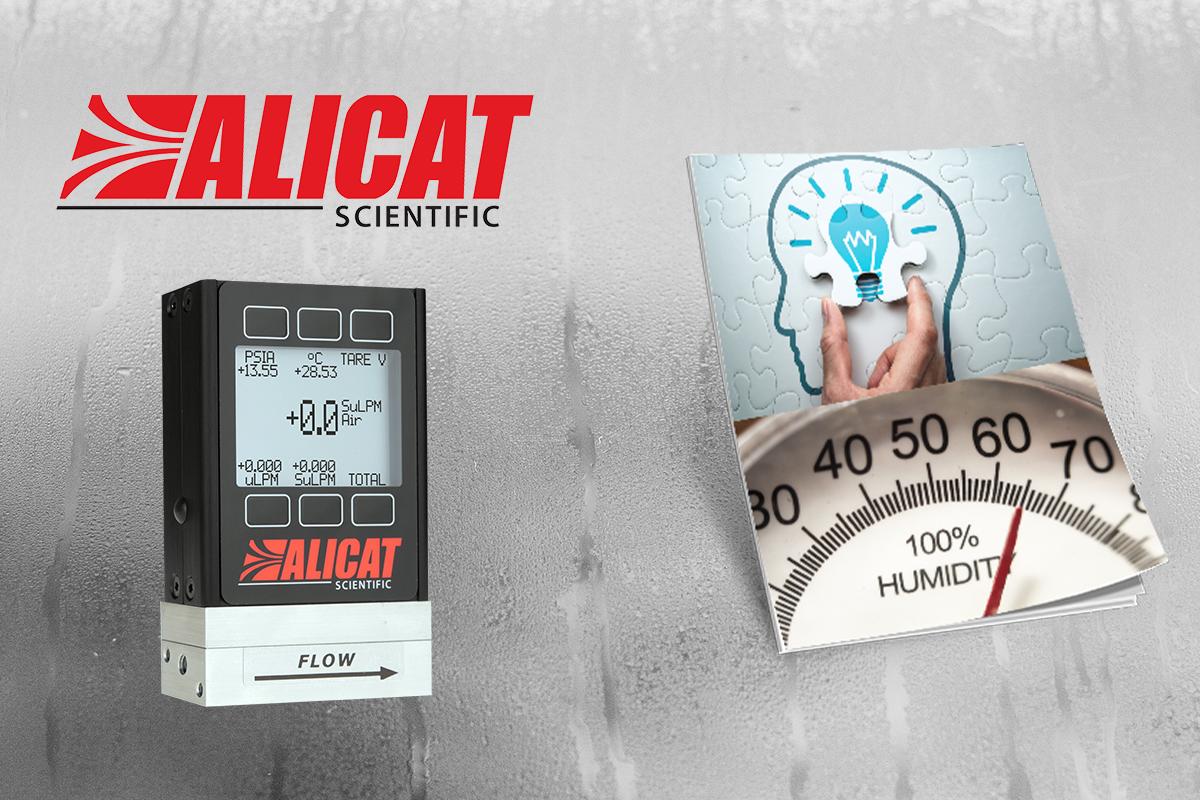Author: Finn & Conway, Inc. | Date Submitted: Sunday, 06/07/2020

Gas Detection by ATI
(Click on any links or images below to LEARN MORE)

The GasSens A14/A11 Modular Gas Detector is a flexible component system providing a variety of options to meet individual gas detection and alarm requirements. From chemical and petrochemical plants to food processors, the GasSens system can be applied to the simplest or most complex gas detection application. Economical and low maintenance, this system is your best choice for reliable gas leak detection.

ATI's D16 PortaSens III Portable Gas Leak Detector is a versatile tool for performing regular leak checks in gas storage areas, around process equipment, piping, or in confined spaces prior to entry. Designed for easy one-hand operation, the gas detector contains an internal sample pump and a flexible sampling wand to allow pinpoint location of the source of leakage. A touch-sensitive color graphic display provides clear concentration display and a back-light for the display ensures readability in low or no light conditions.

ATI's F12iS Toxic Gas Detector is designed to measure toxic gases and oxygen in hazardous locations requiring an Intrinsically Safe (IS) device. The F12/D, a non-IS version, is also available for non-hazardous locations.

Model D12Ex-IR is a versatile infrared system used primarily for the detection of combustible levels of methane or other hydrocarbons. It may also be used for monitoring CO2 levels, either in ppm or percent levels.

ATI offers economical Ammonia Gas sensors for many Honeywell, Manning & Calibration Technologies models.
For over 15 years, ATI has manufactured the ammonia sensors used in your Manning Systems leak detectors. Now, you can buy direct from the source and save time & money.

Model D12Ex-IR is a versatile infrared system used primarily for the detection of combustible levels of methane or other hydrocarbons. It may also be used for monitoring CO2 levels, either in ppm or percent levels.

Odor control in wastewater treatment plants and sewage collection systems often requires the use of scrubber systems. Many of these scrubbers employ a wet process using a hypochlorite solution to remove hydrogen sulfide (H2S) from air streams prior to discharge. Monitoring the hydrogen sulfide in both inlet and discharge air has presented problems for standard sulfide gas sensors. ATI's Q45S Wet H2S Gas Detector is a new type of gas sensor technology that allows continuous monitoring in this type of application, where condensing humidity conditions are normal.

Series B12 transmitters are loop-powered instruments that transmit a 4-20 mA signal linearly proportional to gas concentration. Operated from a 24 VDC power supply, the transmitter will drive loads up to 675 ohms, sufficient for most monitoring applications. Alternatively, the unit can operate at 12 VDC with reduced output load for applications requiring battery operation.

ATI’s Series B14 Gas Alarm Module Receivers are compact electronic modules that provide local alarm, display, and signal retransmission functions for gas detection systems.

Increasingly stringent air quality requirements have led to expanded use of wet scrubber systems to control pollutant gases released as air emissions. Chlorine storage facilities and chemical process plants are frequently required to scrub exhaust gas streams to remove halogen and acid gases. Unfortunately, monitoring reactive gas concentrations in moisture saturated air streams presents problems for standard diffusion gas sensors. Condensing water in these air lines can quickly blind standard diffusion transmitters, rendering them inoperable.

Monitoring combustible or toxic gases in areas with condensing levels of moisture often results in premature sensor failure. Water condensing on sensor surfaces or within the sensor flame arrestor can be difficult to avoid due to widely variable ambient conditions.

The Model E12-15 IR Infrared Gas Detector is a rugged reliable microprocessor based intelligent gas detector. The E12-15 IR can be used to monitor from PPM levels to explosive levels of ammonia gas.

ATI's A12-2 Wire UniSens universal 2-wire toxic gas transmitter handles 28 different gases, providing the most economical and flexible gas measurement system available today. Combining universal electronics, bench calibration capability, automatic sensor verification, fault detection and alarming, and superior sensor technology, UniSens is your best transmitter choice.

ATI's A12-17 Combustible Gas Detector system eliminates the need for frequent response checks with an automatic gas test every 24 hours. The result is a combustible gas detector system with a level of reliability beyond that of any other gas detector system available. This daily gas sensor response verification is as close to a fail-safe gas detection system as you can find, with the added benefit of greatly reduced manual testing.

ATI's C12-17 Combustible Gas Transmitter is a stand-alone gas transmitter designed to detect potentially hazardous concentrations of combustible gases in ambient air. Gases and hydrocarbon vapors such as methane, propane, butane, gasoline, toluene, hydrogen, and many others can be reliably monitored in process buildings, analyzer enclosures, pump stations, and gas compressor stations. In fact, anywhere gases or vapors may build up to explosive levels can be readily monitored using this transmitter.

ATI's A21 Gas Sampler is a pumping system designed to draw gas samples from ducts or hard to access locations and deliver the samples to gas sensors such as the D12 Toxic and Combustible Gas Detector that would be located in a more convenient area.

ATI’s A23-14 Ozone Generator is a portable generator designed to produce an ozone gas concentration below 1 PPM, which can be used for detector calibration at almost any location. The generator uses a compressed air cylinder to supply dry air to an ultraviolet cell where ozone gas is formed. The resulting flow of air with a small amount of ozone exits the generator cell through fluorocarbon outlet tubing that is used to deliver the ozone standard to a gas sensor used in an A14/A11, B12, C16, D12 or F12 gas monitor system.
To LEARN MORE about any of ATI's Products,
Contact Finn & Conway today!



